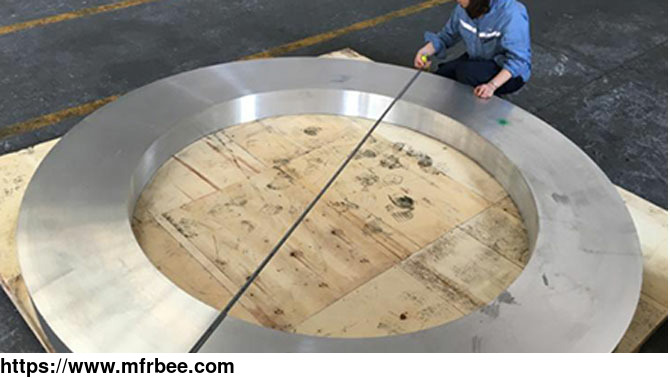Aluminium Forging
Product Quick Detail
- Place Of Origin
- Tianjin
- Minimum Order
- 1
- Packaging
- N/A
- Delivery
- 7-45 days
Specifications
Aluminium Forging
Forging is a manufacturing process where metal is pressed, pounded or squeezed under great pressure to produce high-strength parts. Forged aluminum is ideal for applications where performance and
safety are critical but a lighter-weight metal is needed for speed or energy efficiency. There are primarily three types of forging processes: open-die forging, ideal for larger aluminum
components; closed-die forging, well-suited for more intricate designs and tighter tolerances; and ring-rolled forging used to create high-strength ring-shaped applications.
Specification of aluminum forging china
Model Grade 5052/6061/7075/2024/
Temper T6/T651/T6511/T7451/O/H112
Diameter 10mm-150mm;150mm-200mm;200mm-420mm
Length As request;2000mm-3000mm;3000mm-6000mm
Hardness More than 120
Alloy or Not Alloy
Surface treatment Mill finished or bright
MOQ 2MT-3MT;
Technology standard GB/T 3880/ASTM.B209/EN485
Grade Model Si Fe Cu Mn Mg Cr Ni Zn Ti Al
5052 0.25 0.4 0.1 0.1 2.2-2.8 0.15-0.35 - 0.1 - Remainder
6061 0.4-0.8 0.7 0.15-0.4 0.15 0.8-1.2 0.04-0.35 - 0.25 0.15 Remainder
7075 0.4 0.5 1.2-2.0 0.3 2.1-2.9 0.18-0.28 - 5.1-6.1 0.2 Remainder
2024 0.5 0.5 3.8-4.9 0.3-0.9 1.2-1.8 0.1 - 0.25 0.15 Remainder
Buy from aluminum forging companies.
Application of Aluminium Forging
The forging process is used in applications where performance and strength are critical requirements.
Forged components are commonly found at points of stress and shock. Pistons, gears and wheel spindles in high performance automobiles and aircraft are often made from forged aluminum.
When forged and heat treated, aluminum forgings exhibit some mechanical properties comparable with steel forgings. The strength to weight ratio is therefore far superior. For example, the 2014-T6
aluminum forging has a typical UTS of 485MPa, exceeding that of many grades of steel forgings, and all commonly used aluminum castings.
Or you can buy anodized aluminium plate.
- Country: China (Mainland)
- Business Type: Manufacturer
- Market:
- Founded Year:2017
- Address:C-5, JINDI HEADQUARTERS, HUAMING STREET, DONGLI DISTRICT, TIANJIN, CHINA
- Contact:cnaluminiumsc com











